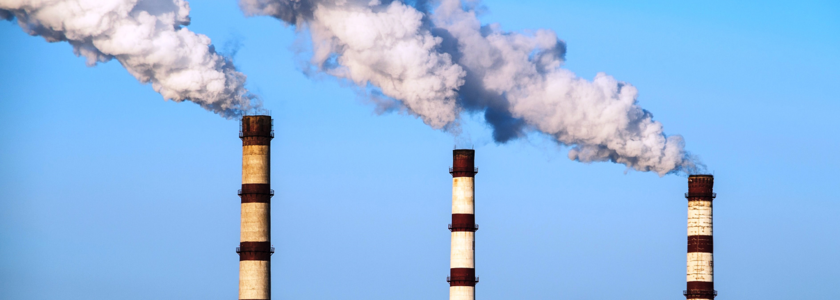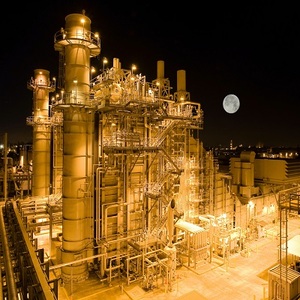

Clearing the Air on Natural Gas
26,610 human lives and 570 million bushels of corn, soybeans, and wheat saved, that's the estimate of the benefits of shutting down old coal-fired power plants, over the period 2005-2016. Aside from reducing overall carbon dioxide emissions, the shift to natural gas power generation in the United States has also reduced pollutants such as sulfur dioxide, oxides of nitrogen, and ground-level ozone which are important contributors to hazardous smog production. Jennifer Burney of UC San Diego's School of Global Policy and Strategy examined air quality data from the EPA as well as satellite data from NASA to show the differences in the atmosphere following the shutdown of coal-based power plants. Furthermore, mortality statistics at the county level, from the CDC, and crop data from the USDA were also examined in this study.
While the burning of natural gas and coal both produce the greenhouse gas carbon dioxide, natural gas power plants emit less carbon dioxide per unit of power produced. Thus, over the study period, carbon dioxide levels attributed to electric power generation have actually decreased despite an increasing number of new power plants. Carbon dioxide, being a well-mixed gas in the atmosphere, tends to have more uniform concentration regardless of where it is emitted; however, pollutants such as particulate matter, ground-level ozone, and oxides of nitrogen and sulfur tend to concentrate near the power plants where they are emitted. These substances can be hazardous to human and plant life by themselves, and also when they chemically react upon exposure to sunlight. They also can lead to a dimming of incoming light from the sun, leading to decreased crop yields.
The localized nature of the concentration of these pollutants, near the power plants where they are emitted, made the beneficial effects of shutting down coal-based plants all the more evident in Burney's study. Where the majority of the coal-based plant shutdowns occurred from 2005-2016 in the eastern half of the U.S., especially in the Midwest and Northeast, these are also the same areas that showed the greatest decrease in mortality attributed to pollution, as well as the greatest increase in crop yields.
Although power production from natural gas is still an emitter of the greenhouse gas carbon dioxide, it presents a marked, lifesaving improvement over the coal-fired plants of the past and an important stepping stone to a carbon-free electrical future.








